What willow looks like in spring, summer, winter, how to plant and grow willow
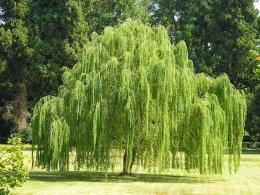
In nature, there are just over a hundred species of willows, which differ from each other not only in the shape of their crowns, leaves and flowers, but also in the color of the bark. This type of tree is often used to decorate garden plots.
Based on the fact that each species has its own characteristic features, familiarizing yourself with information on how to determine which species is in front of your eyes will not be superfluous.
Content
- Willow and its varieties
- How is willow different?
- Tips for growing willow
- Replanting an adult willow tree
Willow and its varieties

If the trunk of the plant is quite powerful, the bark is gray and the foliage is painted in silver-green shades, then you can be sure that this species is called white willow or willow.
Vetla
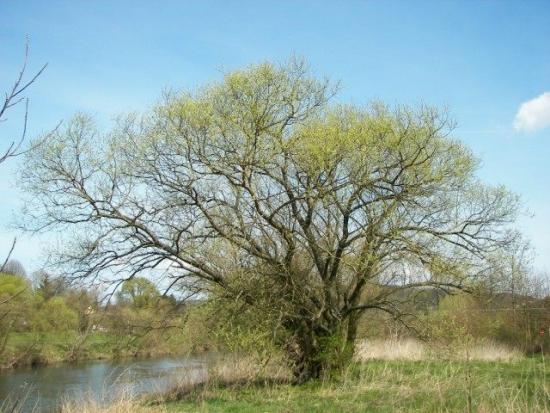
It is one of the most famous and least whimsical species. Its only drawback is its intolerance to too low temperatures. Therefore, planting willow in the regions of the Far North is undesirable.
creeping willow
Belongs to creeping bushes, the height of which does not exceed one meter. Its foliage is medium in size. The length of each of the leaves does not reach two centimeters. To achieve certain decorative purposes, this species can be grafted onto standard.
Brittle willow
A plant that visually resembles willow, but is slightly smaller in size, is brittle willow.This species is characterized by the growth of several trunks from one root system. There are also differences in the shade of the foliage: it is greener, the color is richer than that of willow.
It is better not to plant brittle willow in areas where too strong winds rage. The root system of a tree is almost half located on the surface of the earth, plus a fairly voluminous crown - the main factors classifying the tree as an unstable species.
purple willow
The color of the foliage resembles brittle. But there are significant differences between them: purple is a tall shrub with a reddish tint to its shoots and flowers. At the same time, the flowers, after time has passed after blooming, acquire a yellowish color.
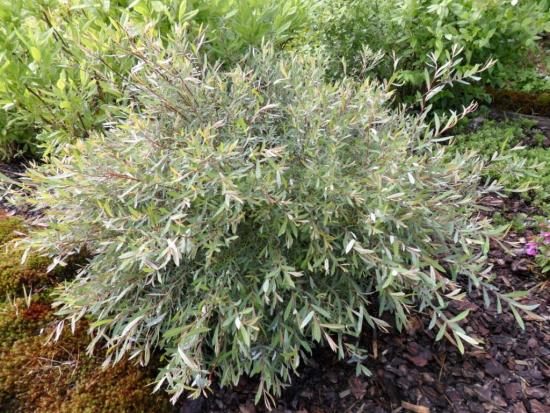
As for goat willow, it can grow as a tall bush, or a tree, and its height can reach five meters.
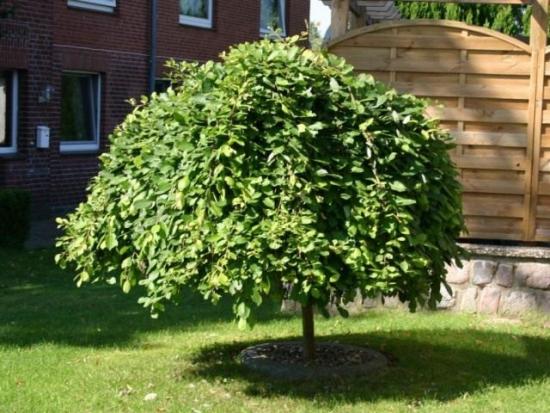
The crown of such plants is compact, almost all shoots are directed upward. But some types of goat willow have weeping branches.
How is willow different?
For those wondering what a willow looks like, we answer: it is a small shrub or tree, the shoots of which have a slightly reddish tint and are covered with fluff. The willow crown has an exclusively oval shape. Has a second name holly willow.
It is a species that is unpretentious in cultivation and maintenance conditions. You can see what a willow looks like in spring in the picture below.
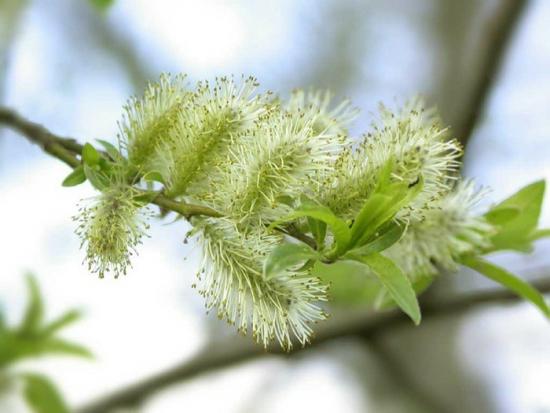
Chernotal is very similar in appearance to willow, but has a higher growth. Belongs to frost-resistant species. The foliage has a more rounded shape. On female representatives of this genus, earrings can be observed throughout the winter period.
Tips for growing willow
It is better to plant willow in a shaded area where there is a high percentage of humidity. Under normal natural conditions, willow most often grows along various bodies of water. You can see what a willow looks like in summer in the picture below.
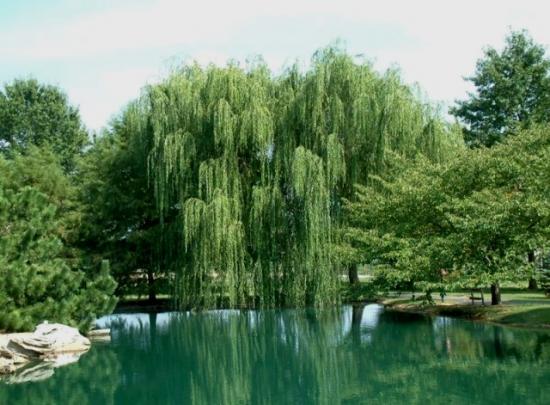
On the territory of a suburban area, the willow can be placed in close proximity to the fence. Trees, if desired, can be trimmed, thereby simulating hedge various forms. This is precisely why many owners of personal plots fell in love with willow.
In addition, a tree with weeping branches is readily used to create a landscape garden; it is quite decorative in the summer. But if you consider what a willow looks like in winter, when its branches are covered with a thick layer of sparkling frost, then it is easy to conclude that it will be a worthy decoration of a garden or park at any time of the year.

In order to grow willow you will need the following:
- good planting material purchased from a specialized store;
- properly prepared and fertilized the soil;
- directly the fertilizers themselves of the required composition and in the required quantity;
- a certain amount of water to moisten the soil before and after planting;
- gardening tools for decorating the landing site, namely a shovel;
- watering can that will be used to produce watering.
The first step is preparing the landing site. The preparation of the site, that is, the pit, must be done at least six months before the planned landing. In other words, if the planting is planned for spring, then preparations are made in the fall, and vice versa, if it is planned for autumn, then in the spring.
This is the kind of preparation that is considered correct.The soil, within a specified period of time, will have time to settle, which in turn will have a positive effect on the survival rate of the planted seedlings and their full development in the future.
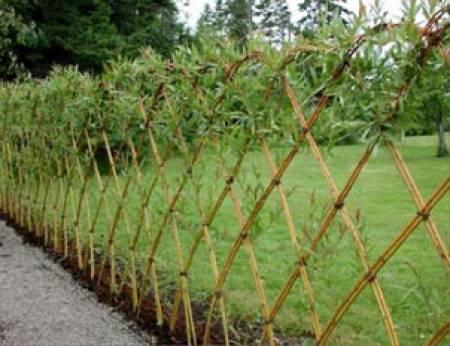
The prepared hole for the willow must be of the correct size. The roots of this species of both shrubs and trees are quite voluminous. Therefore, the pit must have an area of at least 1 cubic meter. m.
After the first step is taken, you can proceed to the second. Half of the hole prepared for planting is filled with plant debris: not large thin branches, sawdust or shavings exclusively from hardwood, hay and the like.
The next layer should contain organic fertilizers, rotted manure and compost land. Then about 30 g of superphosphate should be added. The last, topmost layer filling the pit should consist of fertile soil previously removed from the surface of the pit.
Now you can start planting. It will be better if the planting process takes place on a rainy or cloudy day. Experienced gardeners claim that it is these weather conditions that have the best effect on the survival rate of seedlings.
The seedling should be placed in the hole with a slight tilt towards the north side. As it grows, more branches will form on the south side of the willow. Consequently, the initial tilt towards the northern part will enable the tree to have the correct shape.
During the growth process, the willow needs to be watered efficiently and at the right time and fed with fertilizers of both organic and mineral origin. For example, in spring, the plant is better feed fertilizers of nitrogenous origin. At the height of summer, the tree will need fertilizing with potassium.
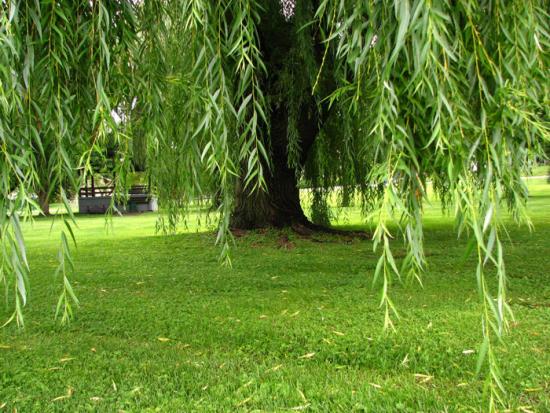
After the first year of willow growth, agrotechnical care for it can be reduced to regular watering and pruning of branches, carried out exclusively in the spring in order to properly form the crown.
Replanting an adult willow tree
It is better to transplant an adult willow before the plant reaches the age of 4 years. A transplant of this kind is carried out exclusively in the spring, before April, that is, until the tree begins to form buds. It is until April that the willow is in hibernation and its sap flow is minimal.
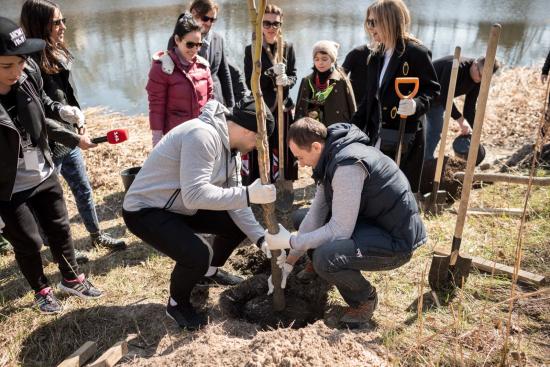
For transplantation you will need the following:
- directly the tree itself, which needs to be replanted for some reason;
- dug and prepared hole;
- shovel;
- a piece of burlap of the required size;
- wooden pegs;
- natural fiber ropes;
- a certain amount of humus and peat;
- pebbles or large clean river sand;
- settled water for irrigation.
In advance, the plant to be transplanted is filled with plenty of water. After a few hours, the moisture will penetrate deep into the soil and saturate the ground around the willow root system.
Now you can start digging a not very wide ditch around the root. Quite often, the circumference of the root ball and the circumference of the crown coincide.
The pit is prepared in advance. The pit must be of a suitable size and must be filled with a mixture of peat and peat moss.
When deciding on the parameters of the pit, you need to rely on the dimensions of the crown of the tree being transplanted. The first layer that needs to be placed on the bottom is a mixture of pebbles and sand, the next is humus and peat.
After this, you will need to make a hill in the central part of the pit.After the soil settles, it will prevent the roots from ending up in the recess. The planting hole is well filled with water. When the mound settles, you need to add the required amount of soil and make it the same height.
You need to dig up the willow with root soil. It is better not to uproot roots longer than 1 meter, but to chop them off with a shovel. But, in any case, actions with root system It is better to do it as carefully as possible and try to preserve the central part of the root without any special changes. The root part of the tree removed from the ground is wrapped in burlap and only then moved to the site of the upcoming planting.
The tree is placed in a new location directly on the mound, while carefully straightening the rhizome. When filling the hole with earth, the latter is periodically compacted to avoid the formation of voids.
Let’s watch a video about what willow looks like and its use in landscape design:

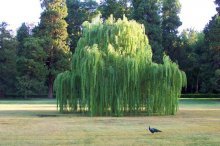
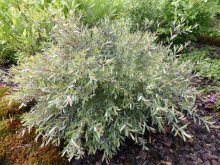
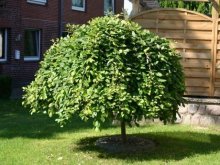
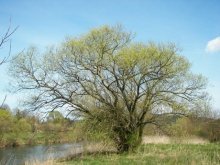

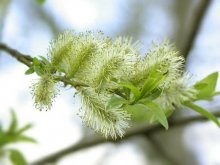
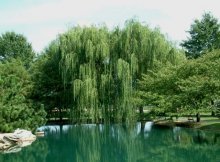
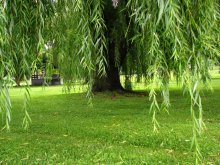
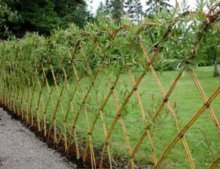

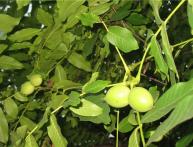
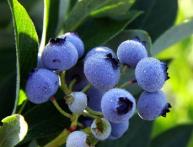
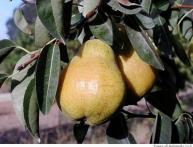
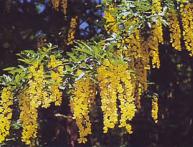
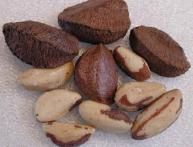


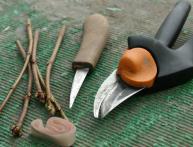
Comments
The main thing is not to take long sticks; they have a large number of buds on them, which will prevent them from taking root. Enough with 2-3 buds and plant them at 9 cm and the buds must be above ground level.
I live in a multi-storey building, there are a lot of willow trees growing in the yard. I don’t know who planted them, but we have no humidity, the pond is far away and no one waters the trees. But they have been growing very well for as long as I can remember.